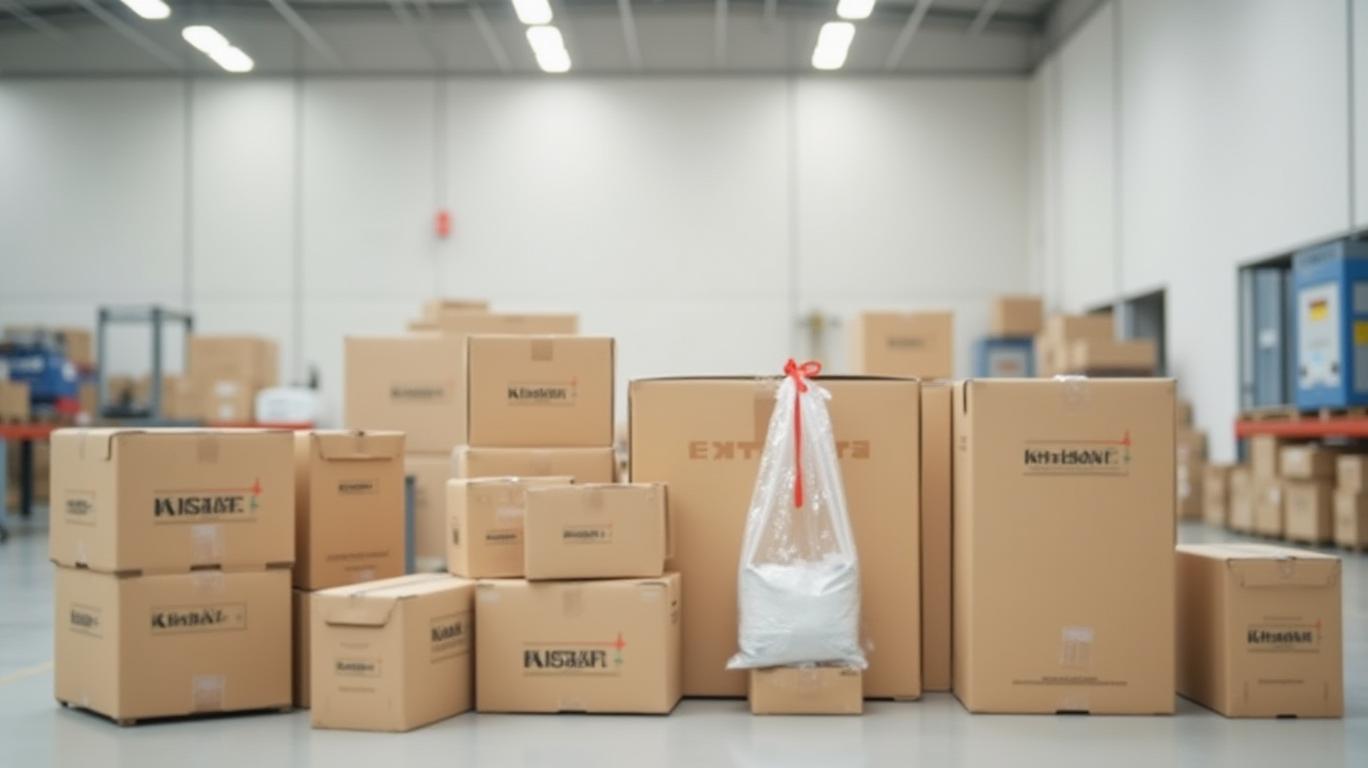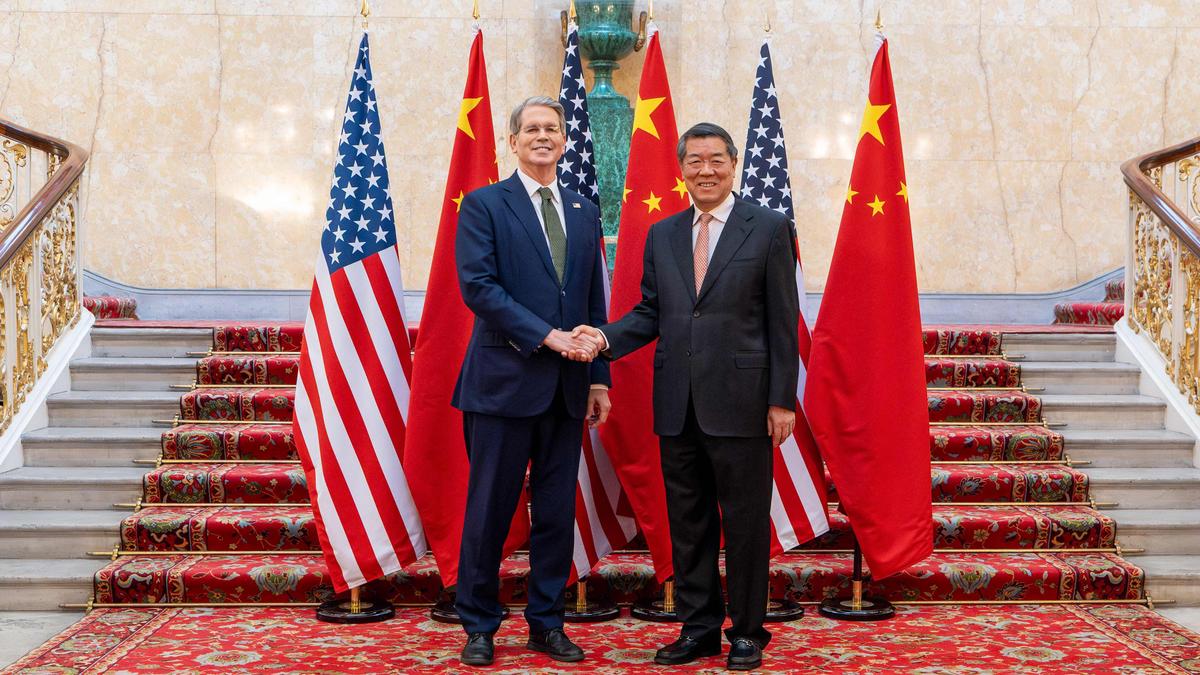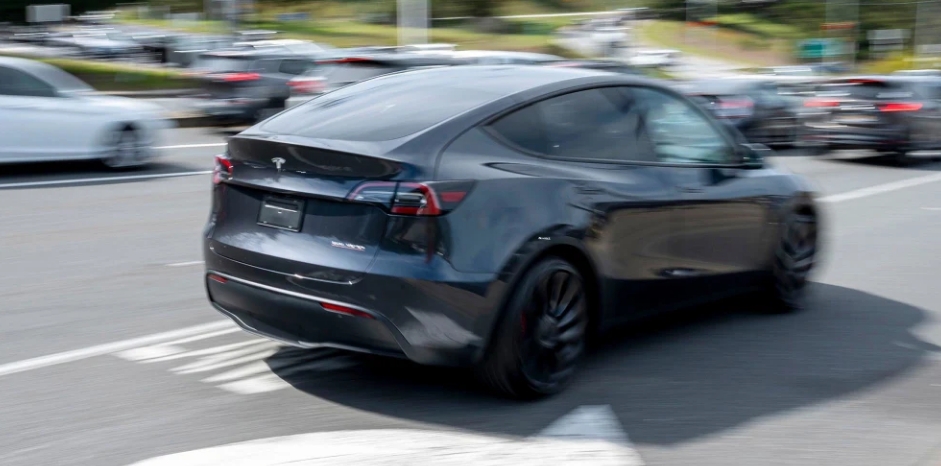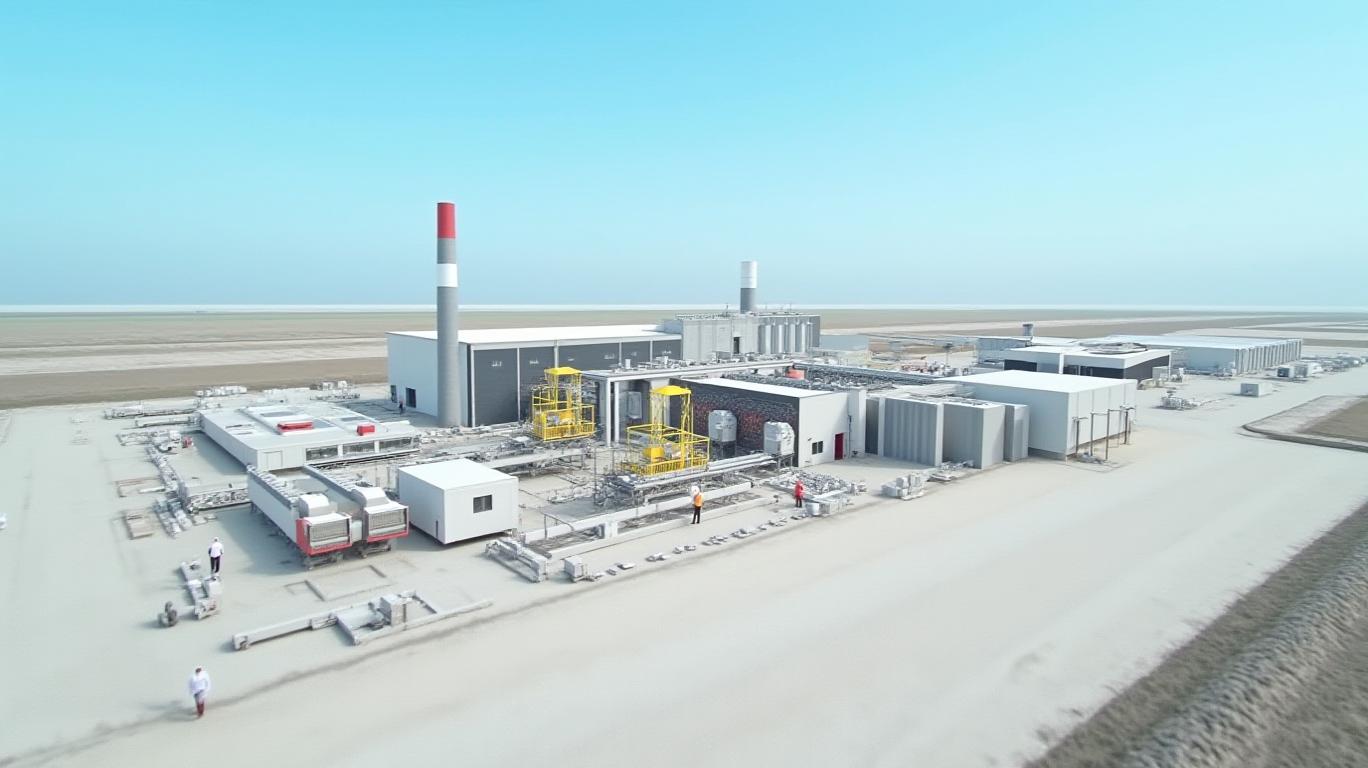Klabin S.A.'s Q1 2025 Earnings: Navigating Cost Pressures with Operational Strength
Klabin S.A. (KLBN3), Brazil’s leading integrated paper and packaging company, delivered a mixed but resilient performance in Q1 2025. While cost headwinds and production constraints posed challenges, the company’s strong market positions and strategic investments underscore its long-term growth potential. Below is an in-depth analysis of the key takeaways from its earnings call.
Ask Aime: What are the key takeaways from Klabin's Q1 2025 earnings call?
Operational Resilience Amid Sector-Specific Headwinds
Klabin’s operational performance highlighted both opportunities and obstacles.
Pulp Segment:
- Total pulp sales volume dipped 4% YoY to 345 thousand tons, driven by lower production volumes. However, the long fiber/fluff pulp segment saw price increases, reflecting its premium positioning in hygiene product markets. Klabin’s +50% market share in local fluff pulp and long-term client partnerships provide a stable revenue base.
Paper and Packaging:
- The packaging division shone, with corrugated boxes sales rising 2% YoY to 394 thousand tons, fueled by the expansion of its Piracicaba II facility and strategic client wins. Industrial bags maintained a +50% local share, underpinned by global demand for high-quality packaging.
- Paper sales totaled 906 thousand tons, though coated board faced soft demand, offset by stronger pricing in kraftliner (linked to the food/beverage sector).
Ask Aime: How will Klabin's strategic investments impact its long-term growth potential against cost headwinds?

Financial Fortitude Despite Cost Pressures
Klabin’s financial results revealed a balance between growth and challenges:
- Revenue Growth: Net revenue rose 10% YoY to R$4.859 billion, with domestic sales increasing 13% and exports growing 7%. The stronger USD (average R$/US$ rate at 5.84) favored export-driven segments like pulp.
- Margin Stability: Adjusted EBITDA hit R$1.859 billion (+10% YoY), with a 38% margin, slightly up from prior periods. However, total cash costs surged 11% YoY to R$3,402 per ton, driven by:
- Non-recurring production costs (e.g., scheduled maintenance).
- Currency depreciation (R$/US$ rate up 18% YoY).
- Higher chemical and fuel expenses.
Liquidity and Capital Allocation: Prudent Management
- Net Debt: At R$30.5 billion, Klabin’s leverage remains within policy limits, with 35 months of cash debt coverage and no near-term debt maturities.
- Free Cash Flow (FCF): A solid R$862 million in Q1, pushing the LTM FCF yield to 14.0%, a 3.7 percentage-point increase year-on-year.
- Dividends: Maintained at 15% of EBITDA, with a R$279 million payout in Q1, aligning with its 10–20% EBITY (earnings yield) target.
Strategic Priorities: Growth and ESG Integration
Klabin emphasized three critical initiatives:
1. Puma II Project: A R$1.13 billion investment in growth projects, including MP27/MP28 paper machine upgrades, aims to boost efficiency and output.
2. ESG Integration: The first-quarter presentation marked the debut of ESG KPIs, though specifics were not disclosed. This signals a strategic shift toward sustainability, a key factor for long-term stakeholder engagement.
3. Market Defense: Focusing on cost discipline and maintaining leadership in resilient markets (e.g., hygiene products, exports) to counter weak demand in segments like coated board.
Risks and Challenges
- Currency Volatility: The R$/US$ rate’s 18% YoY increase pressured costs but boosted export revenue, creating a dual-edged effect.
- Production Constraints: Non-recurring costs (e.g., maintenance) and lower pulp production highlight execution risks in capital-intensive operations.
Conclusion: A Solid Investment Amid Transition
Klabin’s Q1 results reflect a company navigating sector-specific headwinds with a robust financial foundation and strategic focus. Key positives include:
- Dominant Market Shares: Leadership in fluff pulp (+50% local share), industrial bags (+50% local share), and kraftliner (60% local share) positions Klabin to capture premium pricing in resilient sectors.
- Strong Liquidity: With R$7.7 billion in cash and a 14% FCF yield, the company is well-positioned to fund growth projects and dividends.
- Cost Guidance: Management reaffirmed a 2025 cash cost target of R$3.1–3.2 billion, suggesting confidence in curbing inflationary pressures.
While near-term cost challenges and soft demand in some paper segments pose risks, Klabin’s disciplined capital allocation and market dominance make it a compelling investment. For long-term investors, the combination of operational resilience, liquidity, and strategic projects like Puma II supports a hold-buy rating, particularly if currency pressures ease and pulp prices stabilize.










